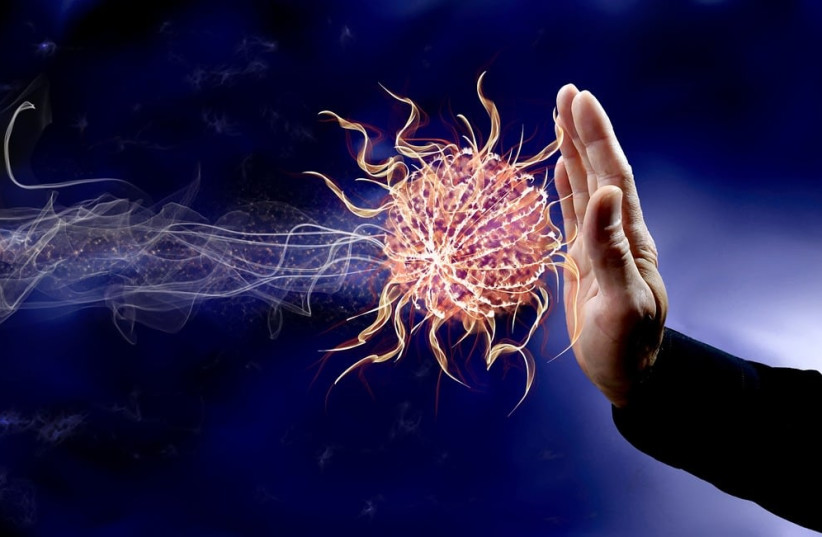Mannose is a sugar, but it’s not something bought in the supermarket to sweeten your coffee or tea. It is made by the body itself from glucose or is converted into glucose – its molecules produced by the cells in the urinary. It also occurs in very small quantities in fruits such as cranberries, pineapples, oranges, apples, peaches, blueberries, mangos, gooseberries and black currants.
Oddly enough, the origin of the word is “manna,” which the Bible describes as the food divinely supplied to the Israelites during their journey through the Sinai desert to the Land of Canaan
A sugar that the body adds to proteins to stabilize their structure and help them interact with other molecules, it is involved in a process called glycosylation that is essential for life; malfunctions in the process are linked with rare but often life-threatening human diseases.
Inhibit the growth of cancer cells
Now, research from the Sanford Burnham Prebys Institute in La Jolla, California and Japan’s Osaka International Cancer Institute has shed new light on the anti-cancer properties of mannose, which is crucial to many physiological processes in humans and known to inhibit the growth of cancer cells.
The findings, published in the journal eLife under the title “Metabolic clogging of mannose triggers dNTP loss and genomic instability in human cancer cells,” suggest that mannose could be a helpful secondary treatment for cancer.

“This sugar could give cancer an extra punch alongside other treatments,” said study co-author Dr. Hudson Freeze, director of the human genetics program at the California institute. “And because mannose is found throughout the body naturally, it could improve cancer treatment without any undesirable side effects.”
Until now, he continued, “the most promising therapeutic use for mannose was to treat congenital disorders of glycosylation, diseases that can cause a wide range of severe symptoms throughout the body. But we believe that there may be ways to leverage mannose against cancer and other diseases as well.”

Mannose has already been shown to inhibit the growth of several types of cancer in the lab, but scientists don’t fully understand why this happens. To learn more, the research team turned their attention to an unusual property of mannose observed in an unlikely subject: honeybees.
“It’s been known for more than a century that mannose is lethal to honeybees because they can’t process it like humans do—it’s known as ‘honeybee syndrome,’” says Freeze. “We wanted to see if there is any relationship between honeybee syndrome and the anti-cancer properties of mannose, which could lead to an entirely new approach to combat cancer.”
Genetically engineering the 'honeybee syndrome'
Using genetically engineered human cancer cells from fibrosarcoma – a rare cancer that affects connective tissue – the research team re-created honeybee syndrome and discovered that without the enzyme needed to metabolize mannose, cells replicate slowly and are significantly more vulnerable to chemotherapy.
“We found that triggering honeybee syndrome in these cancer cells made them unable to synthesize the building blocks of DNA and replicate normally,” said Freeze. “This helps explain the anti-cancer effects of mannose that have we’ve observed in the lab.”
While leveraging honeybee syndrome could be a promising supplemental cancer treatment, the researchers caution that because the effect is dependent on vital metabolic processes, more research is needed to determine which types of cancer would be most vulnerable to mannose. “If we can find cancers that have a low activity of the enzyme that processes mannose, treating them with mannose could give just enough of a nudge to make chemotherapy more effective,” says Freeze. “Many people assume that you always discover treatments in response to the disease, but sometimes you find biology that could be useful for treatment and then have to find the disease to match it.”
